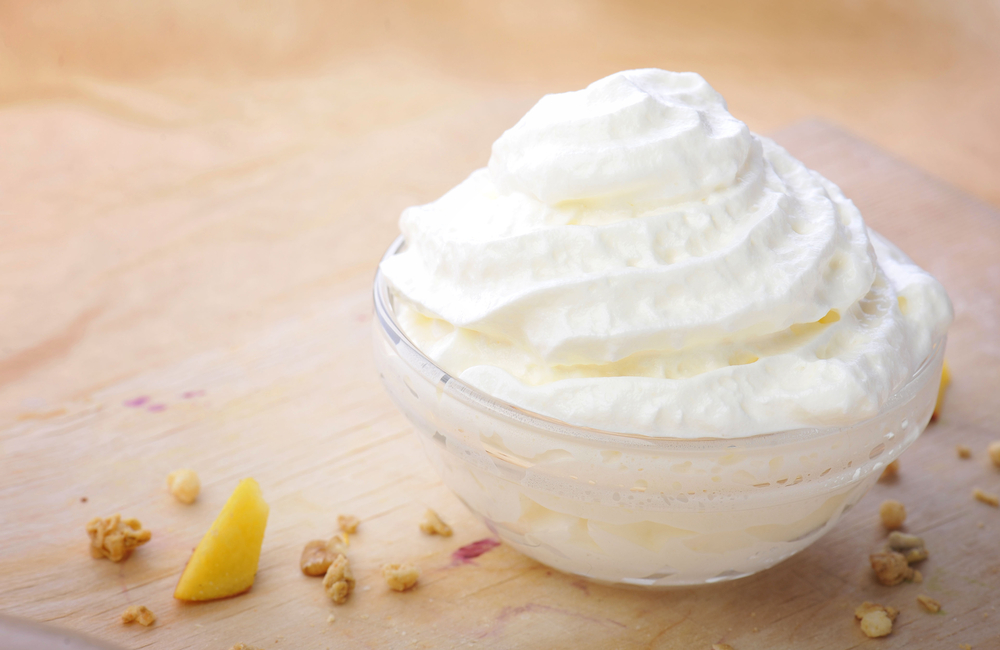

Often attributed to the famous pastry chef and caterer Vatel when he worked between 1663 and 1671 at the Château de Chantilly, the invention of this whipped cream is much earlier and its origin... Italian. It is possible that it was Catherine de Medici's cooks who introduced this recipe to France. It is mentioned under the poetic name of "milk snow" in several Italian cookbooks of the 16th century. At the same time, traces of it can also be found in England and in Liege and, in the 17th century, the "shaped cream" might have been served during the sumptuous party given by Nicolas Fouquet in his castle of Vaux-le-Vicomte.
Whether or not it was savored by the Sun King during this famous celebration in 1661, it was under the pen of the Baroness of Oberkirch that it officially became an emblem of French pastry-making when, in the 18th century, she indicated in her correspondence that she had tasted this immaculate dessert during a feast at the Château de Chantilly.
The association of the recipe with the eponymous castle, justified or not, gave it a gastronomic aura and, over time, the cream was named "de Chantilly", "à la chantilly", "whipped to chantilly" or simply "la chantilly".
To appear on a restaurant menu, this sweet must be homemade (with a mixer, by hand or in a siphon) and its quality is defined according to criteria that are both gustatory and aesthetic:
Note that patience and a good preparation of the instruments are also required: indeed, one risks obtaining butter if the instruments are not cold enough or if one beats or mixes the tasty preparation too long. Quite an art!
To get you started, here is the recipe.
Valérie from Comme des Français
----
To extend your reading